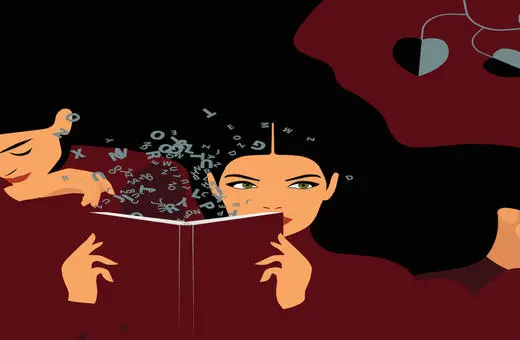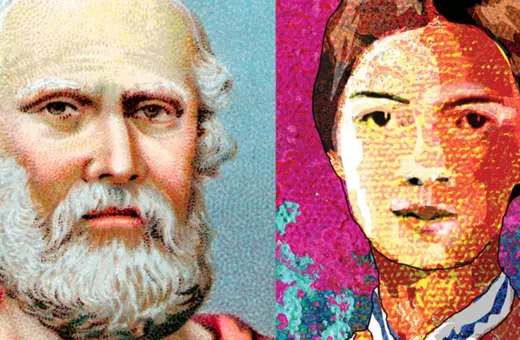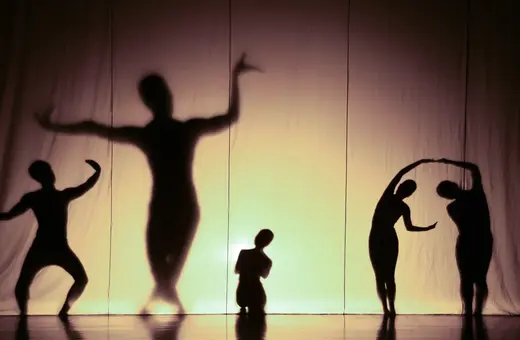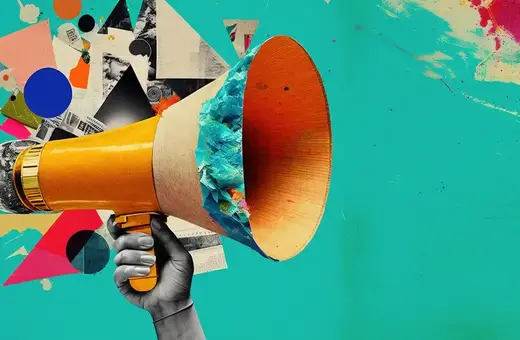Aesthetic experience is not like other things. From Kant to Schopenhauer philosophers have long since recognised that art, beauty and the sublime does not aid, in any obvious way, the evolutionary will to life. Aesthetic experience instead, is a happy-accident, which piggybacks on four other key survival-focused evolutionary events, writes William Hirstein.
Nature entices us to engage in activities that further our survival and genetic proliferation by making these activities rewarding. Reward is the way that evolution gets us to do what it ”wants.” Why do we like sex? We must reproduce. Why do we like to eat? We must nourish ourselves. Why do we like art? [Crickets chirping]. The fact that there is no obvious and sufficient answer to this question, and indeed, no suitable answer has been found since Darwin laid out the theory of evolution, indicates, I would argue, that our love for art is not a direct result of any particular need or function. Rather, it must be a byproduct of something else—some other trait that is actively selected for. Evolution can produce such byproducts when genes code for multiple traits, one of which is selected for, and the others go along for a free ride. They appear as an accidental consequence of the evolutionary processes behind the brain’s “design.” This is referred to as a byproduct, or “spandrel” view of art. According to these views, our love for art is somewhat accidental.
The appearance of these byproduct traits can be puzzling until we discover which trait they accompany that was or is being actively selected for. I’ll describe here a view according to which our love for art is a compound byproduct of four different evolutionary events in which another, non-artistic trait was selected for, but brought an artistic trait along with it.
We might start this inquiry by asking where in the brain aesthetic experience occurs, and examining what is known about that area. But we have not found a magic place that lights up when and only when people are having aesthetic experiences. Several different parts of the brain are active during aesthetic experiences. The participation of these different parts may well trace to different evolutionary events. Consistent with this, aesthetic experience is rewarding, but it contains not just one reward, but several, each occurring at different stages or parts of the aesthetic experience.
Aesthetic experience is rewarding, but it contains not just one reward, but several, each occurring at different stages or parts of the aesthetic experience.
First event: the advent of consciousness
Aesthetic experience lives in the conscious realm. While it often has non-conscious components that stew away unconsciously and bubble up into consciousness hours, days, or years later, aesthetic experience is primarily conscious.
At some point in our evolution the ability to form conscious states came into being. Perhaps the most important function that consciousness performs is that it unifies the incoming flow from all the sense modalities. Consciousness allows for large, unified data structures capable of including features generated by several brain networks, such as the different sensory modalities, but also emotion and our sense of reward. Consciousness also allows for more detailed, finer-grained representations which can then be used in the preparation and execution of more diverse, and hence more effective behavior—because it is better tailored to the specific situation.





















Join the conversation